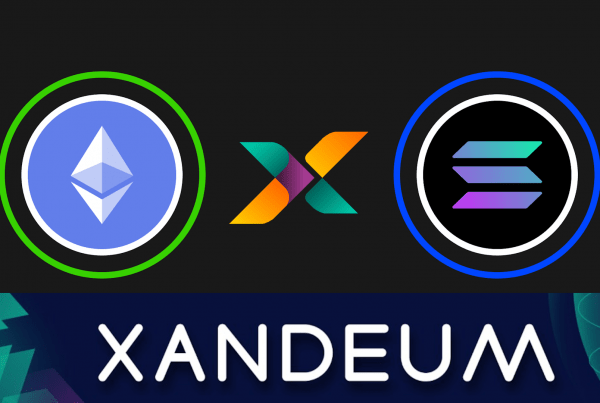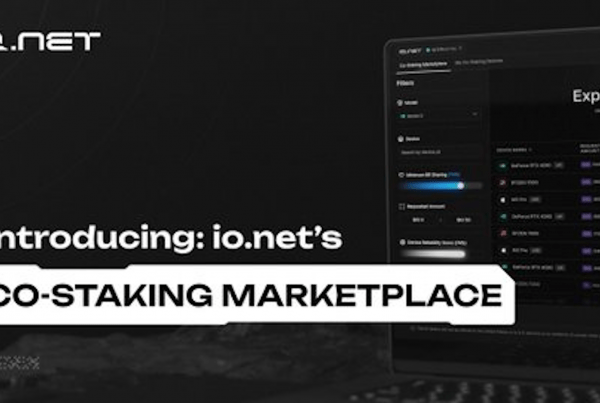
Decentralized finance project DAM Finance has launched its Moonwalker v1 testnet, accomplishing a key milestone on their journey to generate purchasing power from cross-chain portfolios.
On the new testnet, community members will be able to try out d20, the decentralized omnichain stablecoin developed by DAM. The testnet will also include dReservoir, a solution that allows users to “teleport” tokens between different blockchain platforms.
DAM co-founder Harrison Comfort commented on the project’s ambitions, saying that DAM is looking to provide a safer way of utilizing stablecoin liquidity on blockchains other than Ethereum:
“We want to champion innovation by making it easier to securely direct stablecoin liquidity away from Ethereum towards newer networks without the constant vulnerabilities posed by bridges.”
Since DAM is targeting omnichain functionality, it’s only appropriate that the Moonwalker v1 testnet is available on different blockchain platforms. The testnet is live on Ethereum’s Goerli testnet, as well as Moonbeam’s Moonbase Alpha testnet. Users of wallets with support for custom blockchain networks (for example MetaMask) can now access the Moonwalker testnet. However, interested users will first need to top up their wallets with testnet funds to cover gas costs. Testnet funds can be obtainet for free through solutions like Alchemy Faucet.
To participate on the Moonwalker v1 testnet, users should log in to the DAM app. Testnet stablecoins such as USDC can be used to mint d20, and teleported between Moonbase Alpha and Goerli. The testnet also supports the functionality of redeeming USDC through burning d20 tokens.
Throughout this process, participants can provide feedback on DAM’s platform, which will be incorporated into the live version platform the DAM team eventually rolls out.
Unlocking Omnichain Liquidity With a Portfolio-Backed Stablecoin
Initially, the DAM liquidity solution will be available on Ethereum and Moonbeam, an EVM-compatible chain built on Polkadot. Overcollateralized d20 minted on Ethereum can then be teleported to Moonbeam by users. After that, d20 can be put to use inside the Polkadot ecosystem or teleported back to Ethereum, where it can redeem the collateral pledged at the start of the process.
Existing DeFi solutions, especially for stablecoin borrowing, are highly inefficient because most blockchains and the solutions on top of them are designed to work in closed environments. The lack of interoperability between standalone blockchains and the vulnerability of cross-chain bridges makes it difficult for emerging blockchains and the projects atop them to access liquidity as and when needed.
DAM finance’s suite of dReservoir, the d20 stablecoin, and the Linked Multi-Collateral Vault (LMCV) are optimized to maximize stablecoin allocations. In comparison to other existing stablecoins, the f20 stablecoin is portfolio-based instead of being focused on a single asset. This allows for d20 to be backed by a diverse range of assets, instead of only relying on centralized stablecoins and fiat currencies.
The DAM team has been very busy during the 2022 bear market. As a decentralized Web3 banking DAO (decentralized autonomous organization), DAM is tackling the liquidity challenges holding back the broader DeFi ecosystem by providing a robust solution for rapidly increasing the TVL (total value locked), especially for newer blockchains.
Earlier this year, the DAM Finance team raised $1.8 million via a pre-seed funding round led by Digital Finance Group (DFG) and JSquare. Other prominent investment firms like Arrington Capital, D1 Ventures, Stacker Ventures, Ledgerprime, 11-11 Capital, and leading angel investors from the Polkadot-Kusama ecosystem participated in this round.



